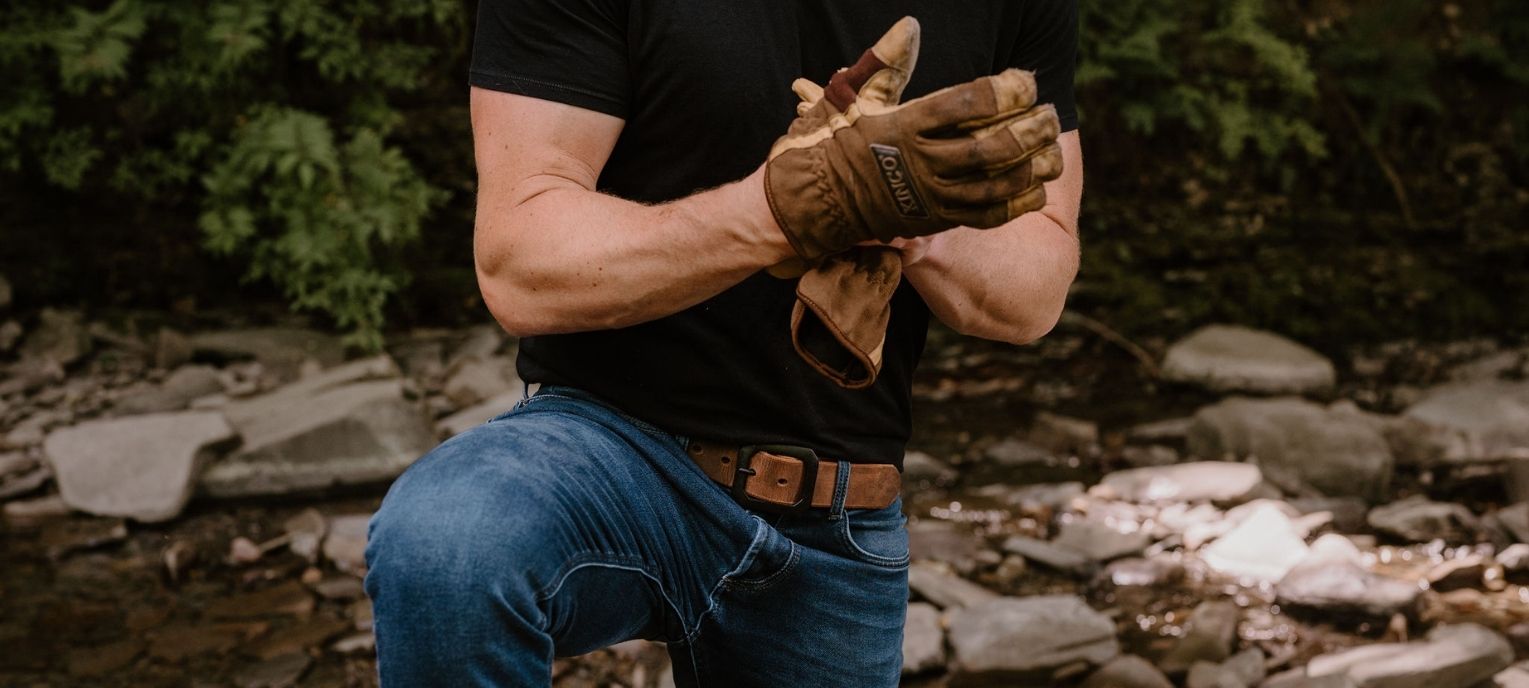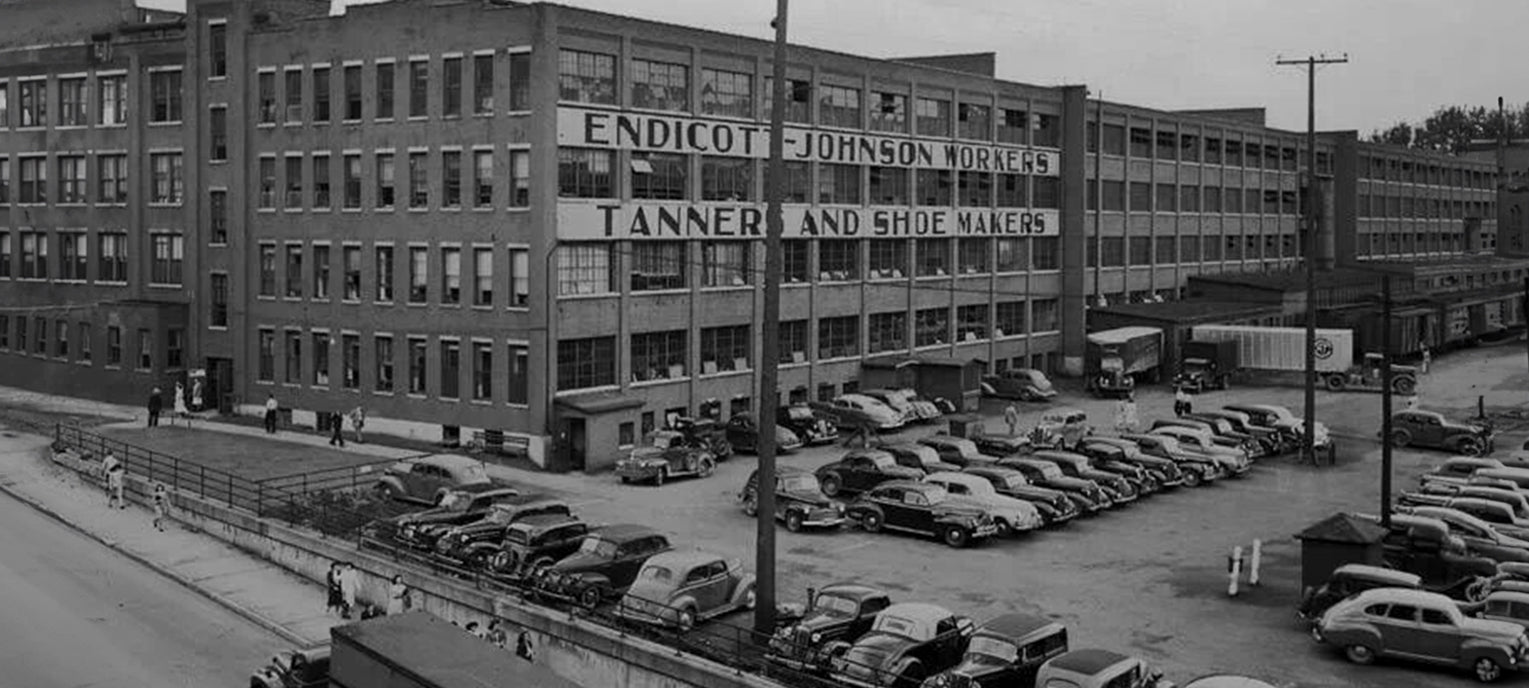What Your Wallet Says Before You Do
Picture this: you're at dinner, the check arrives, and you pull out your wallet. It's bulging at the seams, held together by hope and a rubber band. Receipts from 2019 cascade onto the table. Someone makes a joke about your "filing system." You laugh it off, but that wallet just told everyone at the table more about you than your carefully chosen shirt ever could.
Your wallet is one of those small details people notice without realizing they're noticing. Like a firm handshake or clean haircut, it's a subtle indicator of how you handle life's details. And if your wallet is a disaster, what does that say about everything else?
The good news? Fixing this doesn't require a lifestyle overhaul. It just requires rethinking one of the few things you carry every single day.
The Overstuffed Wallet Problem
Most guys carry wallets that would make a hoarder proud. Credit cards from 2017, gift cards with $1.47 left, receipts you can't remember, business cards from forgotten acquaintances, and punch cards for closed businesses.
This isn't just about aesthetics. It creates real problems.
Ever heard of "wallet sciatica"? Sitting on a thick wallet throws your spine out of alignment, turning mild discomfort into chronic lower back pain and nerve issues. Chiropractors see it constantly.
An overstuffed wallet also wears out exponentially faster. You're constantly stretching the leather beyond its capacity. The stitching strains, the material loses shape, and card slots become useless. A 10-year wallet becomes a 2-year wallet.
Plus, nothing screams "I don't have my life together" like fumbling through a stuffed wallet while people wait behind you. And every card in there is a security risk if it gets lost or stolen.
The Power of Minimalism: Carry Only What Earns Its Place
The solution isn't buying a bigger wallet. It's asking: What actually earns a place in my everyday carry?
For most guys, your daily wallet needs four things: your primary card, a backup payment method, your driver's license, and your health insurance card. That's it. Everything else is extra.
Simple rule: if you haven't used something in your wallet in the past month, it doesn't belong there. That gym membership card? Gone. The business card from two years ago? Photo and toss. Old receipts? Not doing anyone any favors.
Finding the Right Wallet Style
Match your wallet to your actual needs. The bifold works if you need more space for business cards or cash. The front pocket wallet is perfect if you're serious about minimalism and done with back pain. The minimalist clip wallet is for the full Marie Kondo approach.
Don't buy a two-card minimalist wallet if you need six cards for work. But don't buy an eight-card bifold if you only need four.
The Craft: Why Full-Grain Leather Matters
Quality leather isn't just about looks. It's about durability and how it ages. We're talking full-grain leather, not cheap bonded or corrected-grain stuff that falls apart after a year.
Full-grain leather is the top layer of the hide, where all natural grain and character live. It's the strongest part and what premium goods are made from. "Genuine leather" sounds nice but is actually bottom-tier quality. Bonded leather is basically scraps glued together. These materials crack, peel, and deteriorate quickly.
How Quality Leather Ages
Here's where full-grain leather gets interesting: it improves with age. Natural oils from your hands work into the material. It darkens slightly, develops subtle variations, and takes on character unique to you. This is called patina.
A well-made leather wallet looks better at year five than day one. The leather becomes more supple, the color deepens, and it takes on a lived-in quality you can't fake.
But patina only develops when leather isn't abused. Overstuff a wallet and you're stretching it beyond its limits. Instead of beautiful patina, you get stretched-out card slots and permanently deformed leather.
Quality wallets feature reinforced stitching, hand-finished edges, and construction that holds shape over years. You're buying something that lasts a decade or more, getting better looking with every passing year.
Practical Tips: How to Actually Maintain Your Wallet
Empty your current wallet completely. Be honest about what you actually use. Sort into three piles: "Use regularly," "Use occasionally," and "Why is this even here?" Only the first pile goes back in.
Once you've achieved minimalism, defend it. Every time you add something new, something else comes out.
Keep It Clean and Rotate Smart
Set a monthly reminder: "Check wallet." Takes two minutes. Pull everything out, toss receipts, remove anything unused.
You don't need every card at all times. Traveling? Swap in your travel card. Back home? Swap it out. Gym membership? Keep it in your gym bag.
Quality leather needs occasional maintenance. Every few months, wipe it with a slightly damp cloth. Once or twice a year, apply leather conditioner. That's it.
Been a back-pocket guy? Switch to front pocket. Give it two weeks. Front pocket carry is more secure, better for your posture, and forces you to keep things slim.
A Good Wallet, Like a Good Handshake
Small details add up. A well-maintained wallet might seem insignificant, but it's part of how you present yourself and handle your possessions.
A good wallet should be firm but not rigid. Simple but not cheap-looking. Built to last. It should make your life easier, age gracefully, and develop character without falling apart.
This isn't about being flashy. It's about competence. It's about having your act together in details others might overlook but will absolutely notice when done wrong.
Think about the last time you saw someone pull out a wallet held together with a rubber band. You noticed. You formed an impression. The flip side is equally true. A clean, well-maintained wallet registers unconsciously as competence.
Your wallet is one of the few things you interact with multiple times daily. It deserves to be something you're proud of, not embarrassed to pull out.
Take an honest look at what you're carrying. Purge the unnecessary. Invest in quality. Maintain what you have. Your back will thank you, your pockets will thank you, and you won't need excuses next time you grab the check.
A good wallet, like a good handshake, should be firm, simple, and built to last. Everything else is just clutter.





